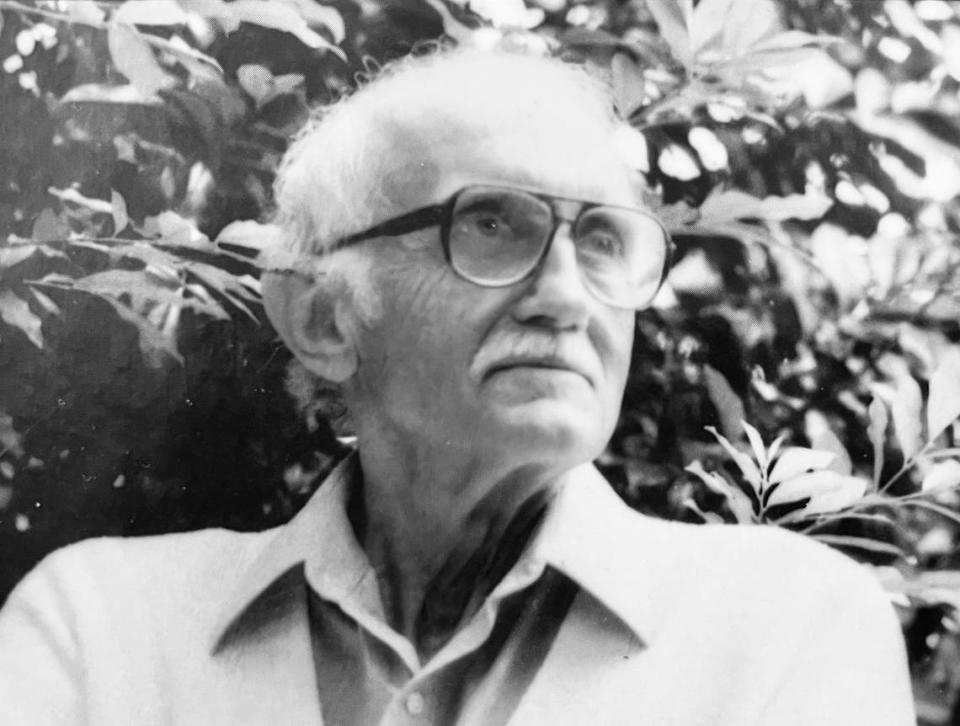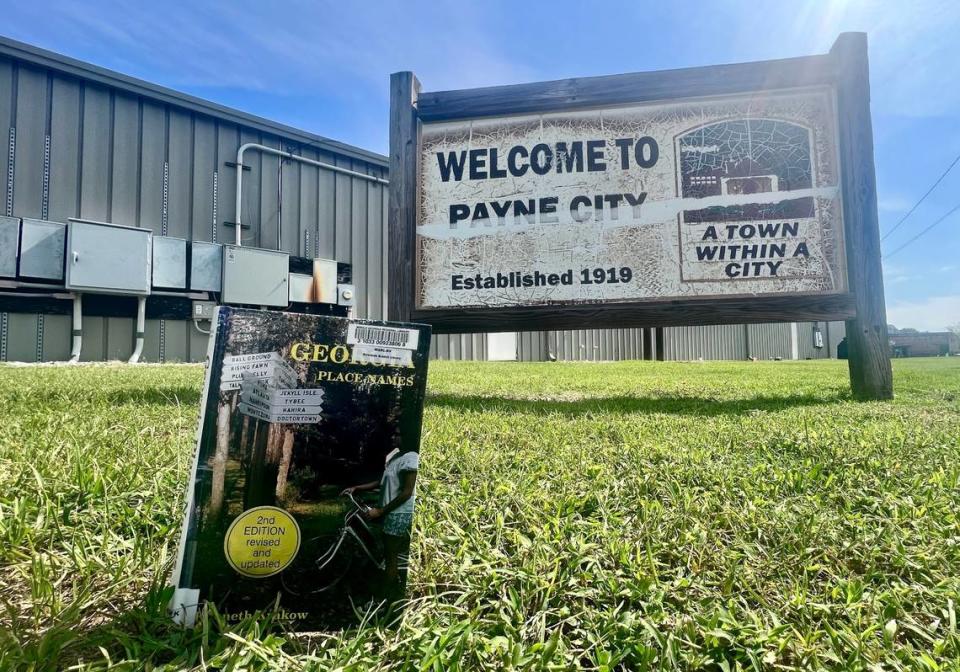From Abbeville to Zebulon, this guide examines the origins of every Georgia city name
In the summer of 1969, while working as director of food services at Mercer University, a man named Kenneth K. Krakow enrolled in a Georgia history course at the school.
Krakow, an Iowa native and graduate of Michigan State University, had traveled abroad in the military and developed an affinity for learning about the names of places. Settling in Macon with his wife and children, he embarked on a history-class project that would become a yearslong quest.
The result, a book titled “Georgia Place-Names: Their History and Origins,”has become a state treasure. First published in 1975, it is a masterpiece of geographical gold.
The work is an easy-to-read, alphabetical guide to how places, towns, creeks, lakes and other locales got their names. From Abbeville to Zebulon, the book lists just about every Podunk and Possum Snout in between.
These days it is searchable online, where a curious reader might learn that Bibb County, named for a Virginia-born doctor who would go on to become the first governor of Alabama. The county was almost, by coincidence, named Mercer County after the same Jesse Mercer that the university is named for — but a full decade before Mercer Institute was even founded and long before it even moved to Macon.

In 1975, in the book’s introduction, Spencer B. King Jr., the professor who taught the Georgia history class that Krakow enrolled in at Mercer, wrote:
When we agreed that (Krakow) might do a term paper on place-names in Georgia, little did I realize that I had a potential onomastic scholar on my hands, or in my hair! And from that time to the present he has been constantly “in my hair” as he has worked to expand his term paper into this book. But I have enjoyed every hour of it; and I find, now that I have read his manuscript through, I am quite favorably impressed by the industry, the insight, and the patience of our Yankee friend who in less than six years has learned more about Georgia place-names than his teacher has learned in a period eight times as long.
Nearly half a century since its original publication, the book and its accompanying website continue to lend anyone interested a connection to history both as a reference and an eye-opening source of entertainment.
In a 1970 article in The Telegraph about his class project at Mercer, Krakow told a reporter how he and his wife, Marian, traveled the region on weekends gathering details and making inquiries.
“It’s a wonderful way for a relative newcomer to get acquainted with the state and its people,” said Krakow, who died in 1998 at age 77. “My only regret is that I can use only two or three lines about every place name. The stories we hear would make fabulous material for writers.”
One of Krakow’s most intriguing notations is about the south Georgia town of Adel, first known as Puddleville. The postmaster there thought the name Puddleville unworthy. One day in the 1870s, the postmaster was looking at a crocus sack with the word “Philadelphia” on it. His eye fell on the middle four letters of that city’s name, A-D-E-L, and thus Adel was born.
Some Middle Georgia points of interest or connections in the book include:
Arkwright, a spot along the Ocmulgee River in northern Bibb, named for Atlanta attorney and early Georgia Power Co. president Preston S. Arkwright.
Bonaire, the Houston County town settled in 1889, which means “good air” in French.
Centerville, settled in the 1880s in Houston County, was for a while known as “Hattie,” a local merchant’s daughter.
Echeconnee Creek, which runs along the Bibb-Houston border, is of Muscogee (Creek) derivation and means “deer trap creek.”
The Georgia Institute of Technology, or Georgia Tech, was established “at the suggestion of” Macon industrialist Maj. John Fletcher Hanson, who started the Bibb Manufacturing Co. and was also owner of The Telegraph.
Houston County, today spelled without a second “u,” was named for John Houstoun, whose father, Sir Patrick Houstoun, Krakow noted, “was one of the companions of General Oglethorpe.”
Lizella, in western Bibb, named by an early postmaster, James A. Eubanks, for his two daughters, Lizzy and Ella.
Newtown was an early name for Macon.
Perry, now the Houston County seat, was settled in 1823 and known as Wattsville.


